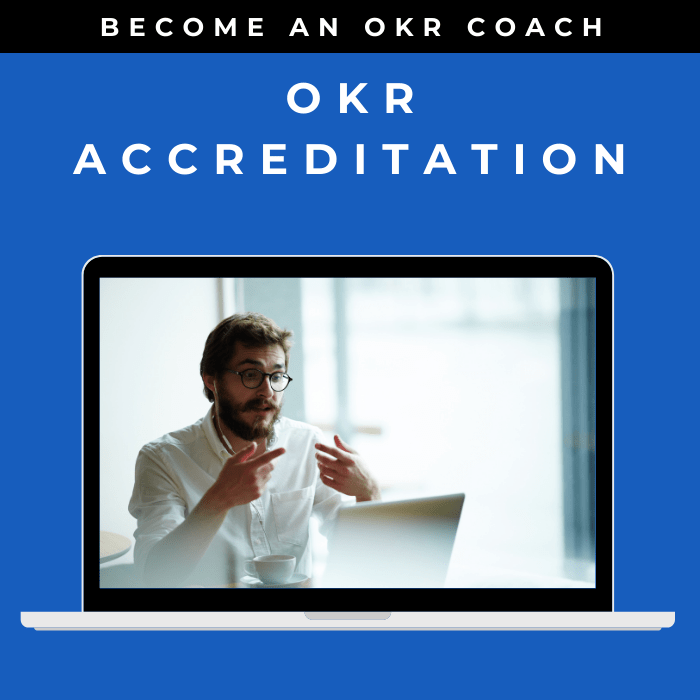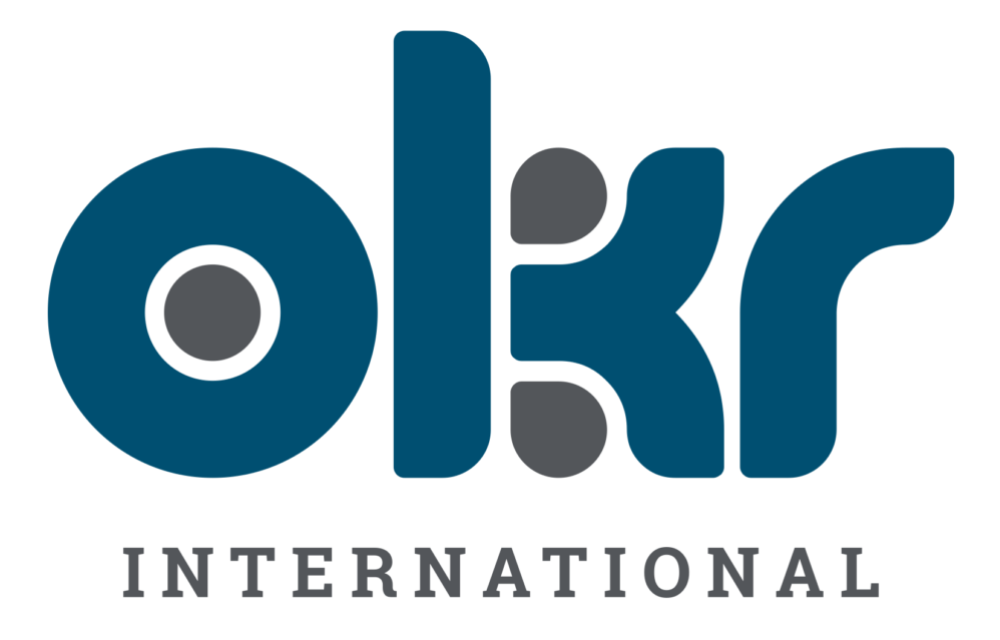10 Effective OKR Examples in Shipping
The shipping industry is marked by intricate logistical challenges, changing regulatory environments, and the necessity for exceptional operational efficiency. For organizations in this sector, Objectives and Key Results (OKRs) can serve as a potent tool for setting strategic goals, driving growth, and maintaining a competitive edge. Here, we offer ten effective OKR examples for the shipping sector, providing key insights for firms looking to boost their performance and outpace competitors.
1. Enhancing Operational Efficiency
Objective: Improve operational efficiency to meet customer expectations and industry standards.
Key Results:
- Reduce cargo delivery times by 20% in the next six months.
- Implement advanced training for 80% of staff to increase their understanding of efficient shipping processes by the next quarter.
- Ensure 90% of shipments meet quality and time targets within the next three months.
2. Expanding Customer Base
Objective: Broaden the customer base to foster business growth.
Key Results:
- Acquire 25% more new customers in the next year.
- Increase market penetration in under-served geographical regions by 30% within the next six months.
- Achieve a 95% customer retention rate within the next quarter.
3. Building Sustainable Practices
Objective: Incorporate sustainability into shipping practices.
Key Results:
- Reduce carbon emissions by 20% in the next year.
- Implement green shipping practices in 50% of operations in the next six months.
- Achieve an 80% employee appreciation rate for sustainability initiatives in the next quarter.
4. Ensuring Regulatory Compliance
Objective: Maintain compliance with shipping regulations and ethical standards.
Key Results:
- Decrease compliance issues by 30% within the next six months.
- Train 100% of the workforce on new shipping regulations within the next quarter.
- Achieve a 100% pass rate on all compliance audits in the next fiscal year.
5. Improving Employee Engagement
Objective: Enhance employee engagement to reduce turnover and increase productivity.
Key Results:
- Increase employee engagement scores by 25% in the next year.
- Implement advanced employee engagement programs for 85% of the workforce in the next six months.
- Attain a 90% employee satisfaction rate with engagement initiatives in the next quarter.
6. Fostering Innovation
Objective: Cultivate innovation to streamline shipping processes.
Key Results:
- Introduce 3 innovative technological solutions within the next year.
- Increase the number of innovation-driven initiatives by 20% in the next six months.
- Achieve an 80% employee satisfaction rate with the innovation culture in the next three months.
7. Strengthening Strategic Partnerships
Objective: Consolidate strategic partnerships for better resource utilization and service expansion.
Key Results:
- Establish 20% more strategic partnerships in the next year.
- Implement 3 advanced partner management systems in the next six months.
- Achieve an 85% partner satisfaction rate with partnership interactions in the next quarter.
8. Reducing Operational Costs
Objective: Lower operational costs to enhance profitability.
Key Results:
- Reduce fuel consumption by 20% in the next year.
- Implement cost-saving initiatives across 80% of operations within the next six months.
- Achieve a 10% reduction in overall operational costs in the next quarter.
9. Improving Knowledge Management
Objective: Optimize knowledge management for better decision-making and service delivery.
Key Results:
- Increase utilization of knowledge management systems by 30% within the next six months.
- Implement a data-driven knowledge management system across the organization in the next quarter.
- Achieve an 85% satisfaction rate with knowledge management within the next three months.
10. Enhancing Customer Relationships
Objective: Develop stronger relationships with customers through improved communication and service.
Key Results:
- Increase customer engagement scores by 25% in the next year.
- Decrease customer churn by 20% in the next six months.
- Achieve an 85% customer retention rate in the next quarter.
By adopting these OKR examples, shipping companies can enhance their service delivery, stimulate growth, and foster innovation. These strategic objectives are crucial in overcoming the challenges of this dynamic industry, contributing to business success, and delivering superior customer service.
FAQs
1. What are effective OKRs in the shipping industry?
Effective OKRs in the shipping industry are strategic objectives and key results that trigger significant improvements and foster innovation. They focus on areas like operational efficiency, customer base expansion, sustainability, regulatory compliance, employee engagement, innovation, strategic partnerships, cost reduction, knowledge management, and customer relationships.
2. How can effective OKRs drive growth in the shipping industry?
Effective OKRs can drive growth in the shipping industry by setting objectives related to operational efficiency, customer base expansion, and innovation. By monitoring key results and making necessary adjustments, shipping firms can enhance their performance, meet customer expectations, and achieve sustainable growth.
3. Why is sustainability important in the shipping industry?
Sustainability is crucial in the shipping industry to meet environmental regulations, customer expectations, and market trends. Effective OKRs related to sustainability help companies adopt eco-friendly practices, reduce their carbon emissions, and make a positive contribution to the environment.
4. How can innovation contribute to success in the shipping industry?
Innovation can contribute to success in the shipping industry by enhancing shipping processes, improving efficiency, and facilitating data-driven decision-making. Effective OKRs related to innovation help companies leverage emerging technologies and practices to improve service delivery and provide innovative solutions.
5. How does improved knowledge management benefit the shipping industry?
Improved knowledge management benefits the shipping industry by optimizing decision-making, enhancing service delivery, and fostering continuous learning. Effective OKRs related to knowledge management help companies manage information effectively, implement data-driven knowledge systems, and increase operational efficiency.

When looking to set OKRs, it’s natural to want examples to ignite the thought process or simply compare yours to OKR Examples. Check out our compendium of OKR Examples here.
Explore Our Range of Services
Bring OKRs (Objectives and Key Results) to your organisation with our tried & tested OKR Framework.


OKR International’s highly acclaimed Certified OKR Practitioner Program is the first and only OKR accreditation endorsed by ICF & HRCI for continuing education units.
OKR International helps leaders create the alignment, engagement and result orientation needed for growth by offering OKR Advisory services.




